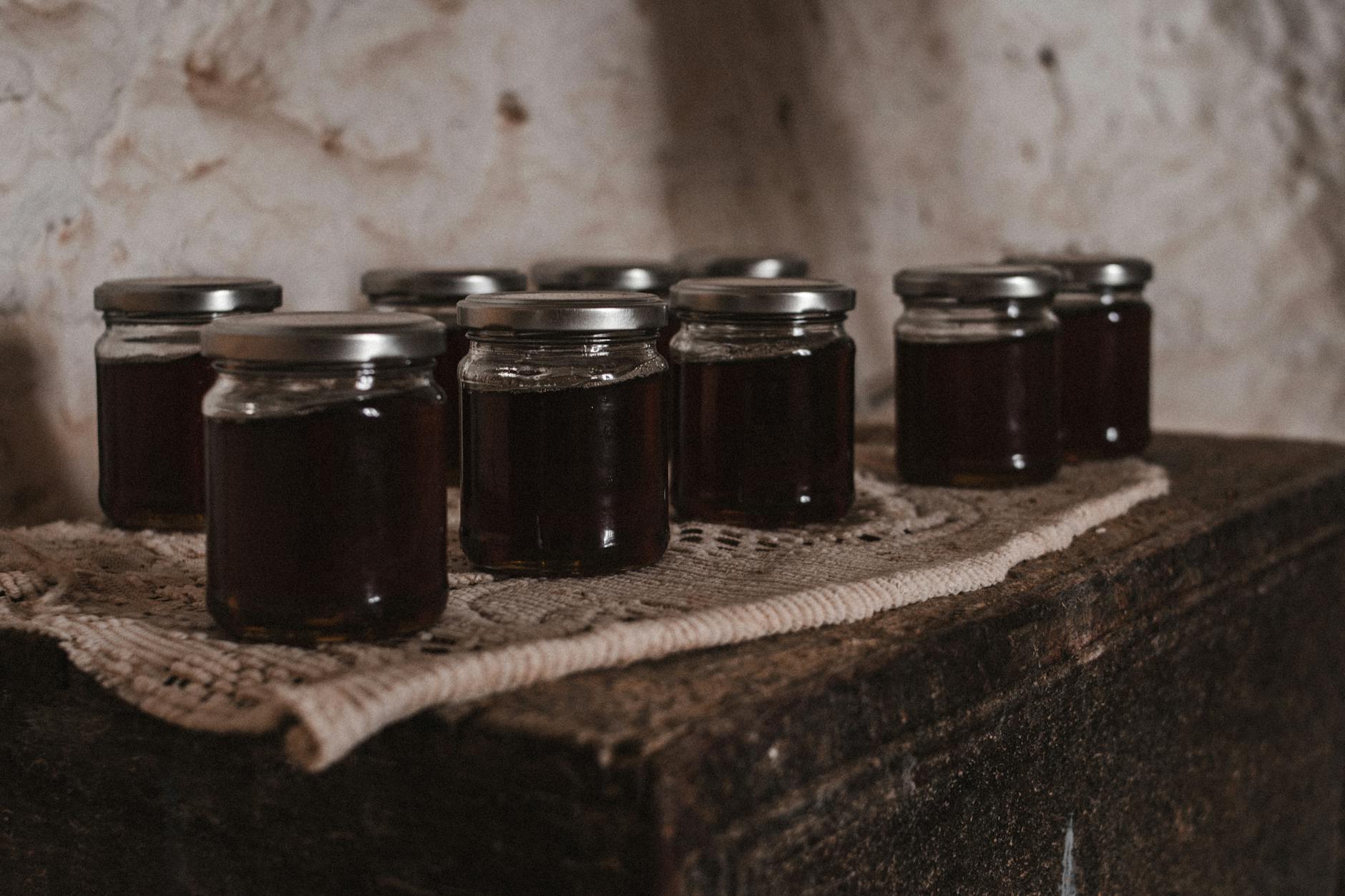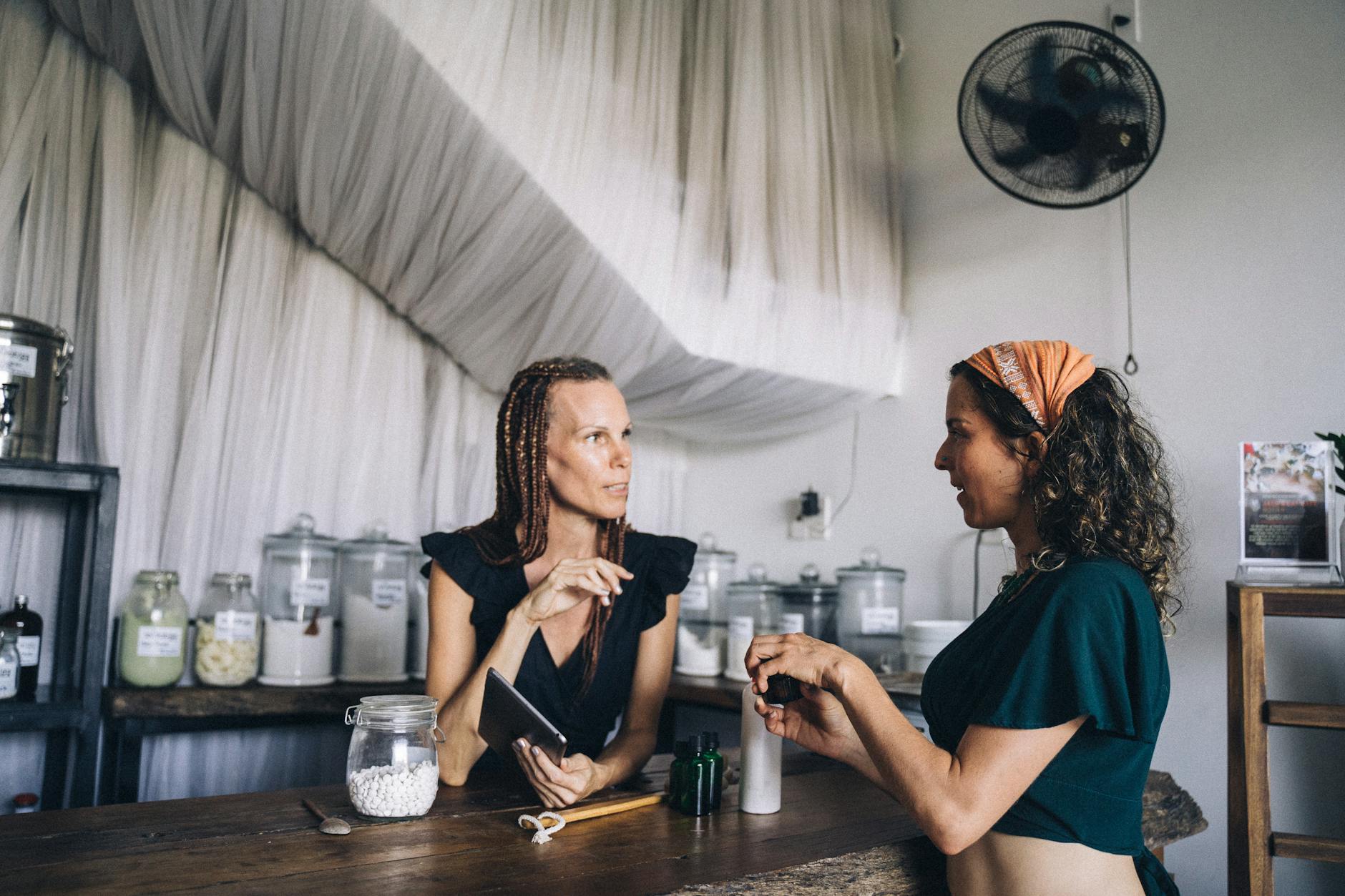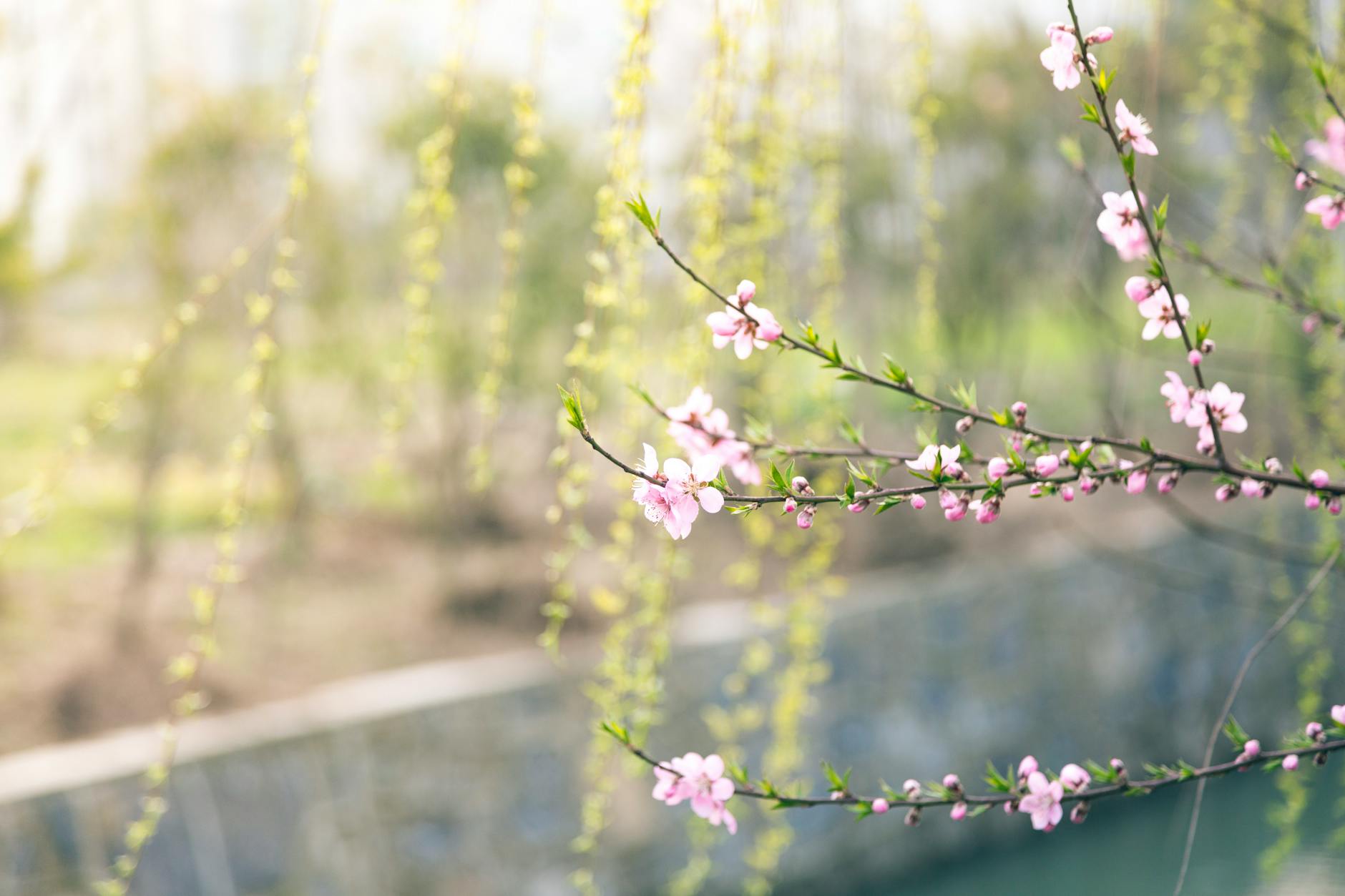Are Your Sunscreens Eco-Friendly for Australia's Diverse Landscapes?

Eco-Friendly Sunscreen Basics
When navigating the sun-soaked trails of Mount Coot-tha, it's crucial to be equipped with the right eco-friendly sunscreen. One of the main considerations is ensuring the product offers sufficient protection without harming the environment. I’ve noticed a lot of sunscreens contain chemicals that can be detrimental to ecosystems if washed off in natural water bodies. That's why I always emphasise the importance of choosing a baby sunscreen when I’m out guiding adventure tours.
What eco-conscious adventurers should look for in sunscreen is not just its SPF rating but also its ingredients. Look for labels that highlight ingredients like zinc oxide or titanium dioxide, as these are mineral-based and often leave less of an environmental footprint. Be aware of ingredients like oxybenzone and octinoxate, which have been shown to damage coral reefs and disrupt marine life. In our explorations, every decision counts!
When exploring Brisbane's stunning Riverwalk, consider the broader impact your sunscreen might have as it rinses off into the river. Testing a small amount of your chosen sunscreen on your skin before bigger adventures ensures it offers the right protection without compromising our natural habitats. Balancing outdoor enjoyment with responsible product use can lead to a more sustainable adventure lifestyle.
Impact on Australian Landscapes
In our quest to protect the outback and other Australian landscapes, understanding the impact of sunscreen on these environments is crucial. Whether you're hiking the scenic trails of Mount Coot-tha or exploring the vast desert landscapes, knowing how natural sunscreen plays a role in safeguarding these unique ecosystems is essential. With a focus on eco-conscious practices, let's delve into how our choices can make a difference in preserving the beauty of Australia's outdoors.
Effects on Marine Life
Choosing the right sunscreen is not just about protecting our skin, but also about ensuring marine life remains unharmed. Certain chemical ingredients can be detrimental to coral reefs and aquatic ecosystems. Opting for sunscreens that are free from oxybenzone and octinoxate significantly decreases the harmful effects on water bodies. This small choice helps maintain the health of our beloved Great Barrier Reef and other aquatic havens around Australia.
Protecting the Outback
Venturing into the Australian outback requires more than just physical preparation. The harsh conditions necessitate effective sun protection. Yet, we must consider the impact our products have on this delicate environment. Using natural sunscreen that leaves minimal trace not only offers personal protection but also promotes the preservation of these vast, resilient landscapes.
Conserving Rainforest Ecosystems
The lush landscapes of Lamington National Park are more than just a beautiful backdrop. They are vital ecosystems that suffer from the effects of certain synthetic chemicals. By choosing eco-friendly sunscreens with mineral-based formulas, we contribute to the conservation efforts of these rainforests, ensuring they remain vibrant and untouched for future generations.
Choosing the Right Sunscreen
Label Reading Tips
When considering sunscreen options, especially during outdoor excursions on the scenic trails of Mount Coot-tha, it's crucial to scrutinise labels for eco-friendliness. I always look for products containing zinc sunscreen since it is both effective and less harmful to aquatic life compared to chemical-based alternatives. Zinc oxide is non-nano, offering protection without the risk of coral bleaching, which is sadly prevalent in modern sunscreens. It's vital to ensure the product indicates "reef-safe" and "biodegradable" to align with environmental values.
Certifications to Look For
Another step to finding the right product is identifying certifications that speak to its environmental compliance. Certifications such as "COSMOS Natural" and "Organic" help verify that a sunscreen meets stringent environmental standards. These labels assure me the product I'm using supports nature preservation by adhering to eco-friendly practices. Opting for sunscreens bearing these certifications not only benefits our skin but the ecosystems we love exploring.
Application for Different Conditions
Applying sunscreen effectively varies depending on your adventure type. Whether you're trekking through Lamington National Park or kayaking along the Brisbane River, ensuring full coverage is key. Remember to apply generously to exposed skin, seeking shade during peak sun hours. Reapplying every two hours, especially after swimming or sweating, is crucial despite conditions. Tailoring application methods not only optimises protection from UV rays but supports your eco-conscious outdoor journey.
Best Practices
Timing and Reapplication
When planning your outdoor adventure, it's crucial to understand the best times to apply sunscreen. A good rule of thumb is to apply sunscreen at least 20 minutes before you head out, allowing it to absorb and form a protective layer. Remember, sunscreen effectiveness diminishes over time, especially with sweat and water exposure. It's recommended to reapply every two hours or immediately after swimming or excessive sweating. Using a reef safe sunscreen is vital if you're exploring areas near water to ensure we're protecting our waterways.
Storage and Disposal
Proper storage of sunscreen is often overlooked but essential for maintaining its effectiveness. Keep your sunscreen in a cool, dry place, and avoid exposing it to direct sunlight or heat for prolonged periods. This prevents the breakdown of active ingredients, ensuring optimal skin protection. When it comes to disposal, check if your sunscreen packaging is recyclable and make an effort to dispose of it responsibly.
Educating Others
Sharing knowledge about eco-friendly practices is as important as practicing them yourself. During your outdoor activities, whether you're trekking the scenic trails of Mount Coot-tha or enjoying a day by the water, take a moment to educate your fellow adventurers about the importance of choosing environmentally-friendly products. Encouraging simple actions like using reef-safe sunscreen can have a significant positive impact on our natural surroundings. Inspire others to consider these practices in their daily routines and contribute to preserving the beauty around us.
Common Mistakes
Ignoring Harmful Ingredients
One of the most common pitfalls when selecting sunscreen is ignoring those pesky harmful ingredients. As a Brisbane local frequenting the scenic trails of Mount Coot-tha, I'm all too aware of how important it is to avoid sunscreens containing oxybenzone and octinoxate—both culprits in coral bleaching. Next time you're gearing up for an adventure along the Riverwalk along Brisbane River, ensure your sunscreen is free from these damaging chemicals. It's a small step that can have a huge impact on our precious marine ecosystems.
Misreading Product Labels
Misreading sunscreen labels can happen to the best of us, especially when we're eager to set off on a day trip to the lush landscapes of Lamington National Park. However, it’s crucial to decipher labels for eco-friendly certifications like "reef-safe" or "biodegradable." These are often your best allies in protecting not only your skin but also the vibrant natural world around you. Remember, every little bit counts in preserving the beauty that surrounds us.
Misapplying Sunscreen
Adventure-seekers often get carried away, neglecting proper sunscreen application. Whether you’re hiking through the verdant trails or kayaking along the Brisbane River, make sure to apply sunscreen evenly and generously. Reapply every two hours, especially after sweating or swimming. It's one more way we can enjoy nature while also ensuring its protection for future escapades.


